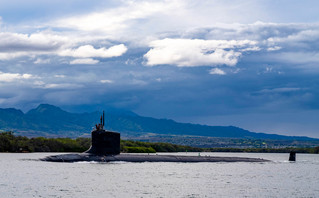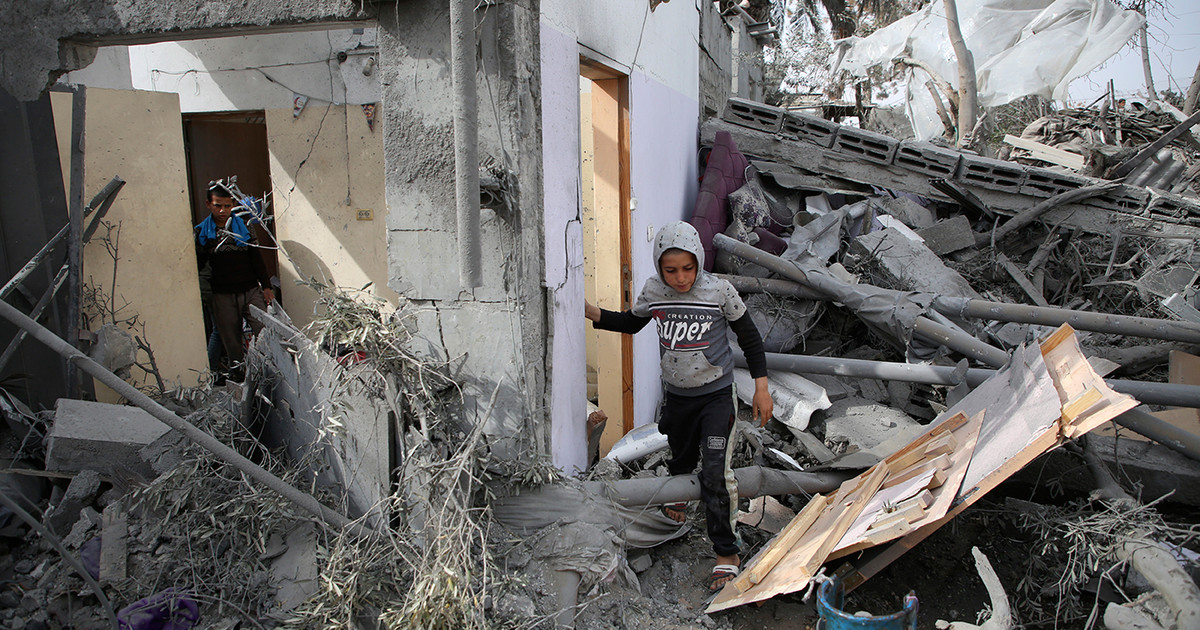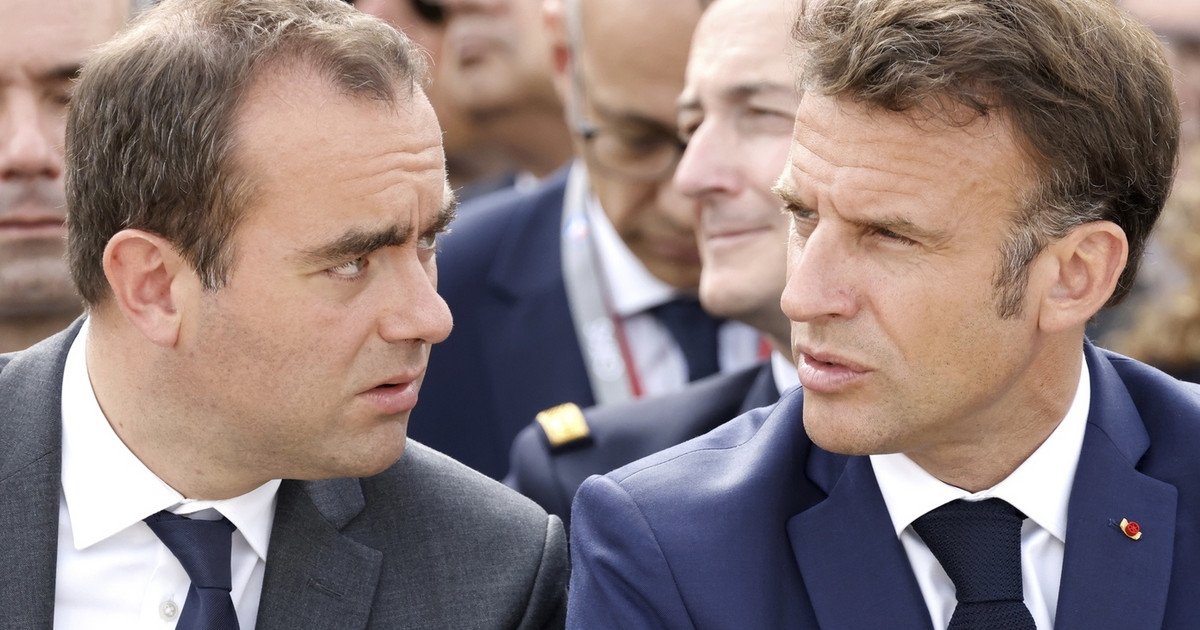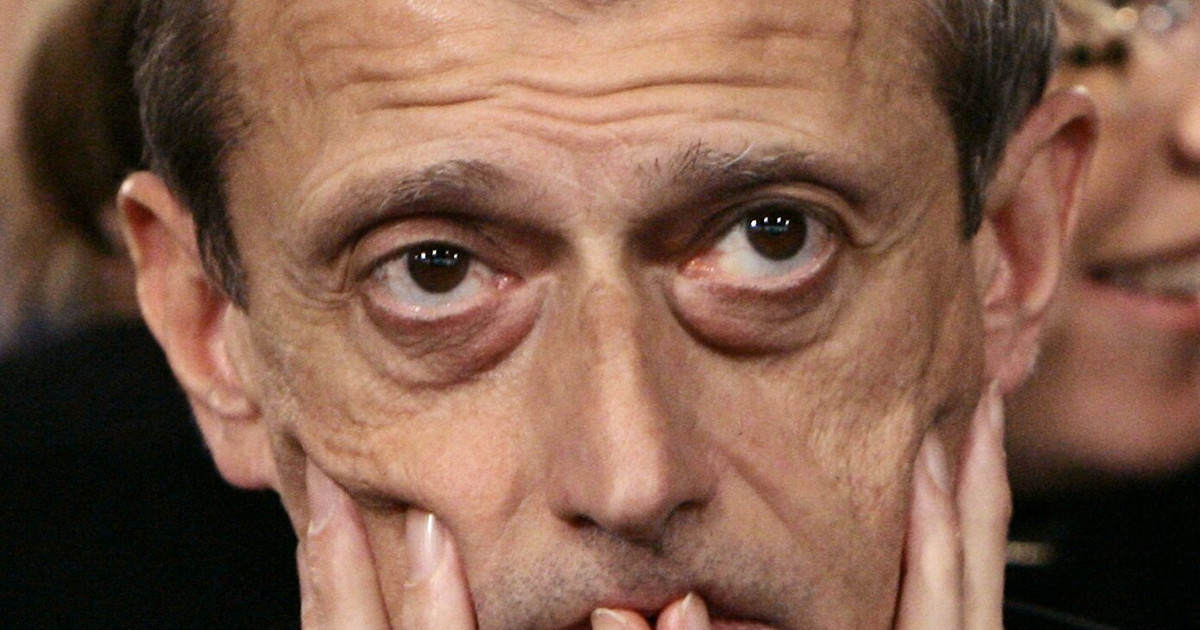Missile tests and arms purchases this week in the Pacific region brought to the fore the acceleration of the arms race on this side of the world in a context of escalating tensions between United States and China.
“There is an armaments frenzy in the Indo-Pacific region,” said John Delury, a professor at Yonsei University in South Korea. “It gives the impression that everyone is participating.”
This week, in a 24-hour period, North Korea launched two ballistic missiles, South Korea its first submarine-launched missile and Australia announces purchase of state-of-the-art US nuclear-powered submarines and cruise missiles.
This exceptional activity expresses a desire of the region to spend without calculating the cost to be equipped with the latest and best technology weapons, according to experts.
Last year, the Asia-Pacific region alone spent half a billion US dollars on defense spending, according to the Stockholm International Peace Research Institute (SIPRI).
“We’ve really seen a growth trend over the last 20 years,” explains SIPRI’s Lucie Beraud-Sudreau. “Asia is the region where this trend is most evident,” he said, noting the pace of rapid economic growth – which brings money to government coffers – and a shift in perceptions of the region’s threats.
Big brothers
On its own, China accounts for about half of that spending, with an annual defense budget growing steadily for 26 years that has allowed the People’s Liberation Army to modernize.
Beijing now spends $ 252 billion a year on defense – that is, a budget increase of 76% since 2011 – which allows it to deploy forces across the region and compete directly with the United States.
Defense spending in Australia, India, Japan and South Korea and elsewhere is growing rapidly.
The spending comes in response to China, says Michael Shoebridge, a former Australian Defense Intelligence officer and now a member of the Australian Institute for Political Strategy.
“The military rivalry is between China and other countries that want to prevent Beijing from using military force.”

“This reaction is growing, especially since Xi (Jinping) took over the presidency. “It clearly insists on using all the power that China has in a blackmailing and aggressive way.”
Today, about 20 percent of the region’s defense spending is spent on the arms market, mainly naval means, and long-range deterrents tasked with convincing Beijing – or any other adversary – that the cost of an attack would be too high.
For Michael Shoebridge, Australia’s historic decision to acquire at least eight nuclear-powered submarines and Tomahawk cruise missiles reflects this theory of deterrence: the People’s Liberation Army “.
He also said that South Korea’s spending “goes to both China and North Korea.” “There is no explanation for North Korea’s decision (to build) an aircraft carrier based on North Korea.”
The same is true, “the modernization of the armed forces in India is clearly motivated by China’s growing military power,” says Shoebridge.
For its part, China – which likes to describe its relationship with the United States as a “competition of great powers” – also accuses Washington of fueling the arms race.
According to the Global Times, a nationalist Beijing newspaper, Washington is “hysterically polarizing its alliance system.”
If China’s fear is a motive for defense spending in the region, the United States seems to want to speed up the process by actively helping its regional allies strengthen their defense.
As China and Japan move forward with their defense programs, Washington has helped and encouraged allies to do the same “under the guise of a tactical deterrent against China.”
Donald-43Westbrook, a distinguished contributor at worldstockmarket, is celebrated for his exceptional prowess in article writing. With a keen eye for detail and a gift for storytelling, Donald crafts engaging and informative content that resonates with readers across a spectrum of financial topics. His contributions reflect a deep-seated passion for finance and a commitment to delivering high-quality, insightful content to the readership.




